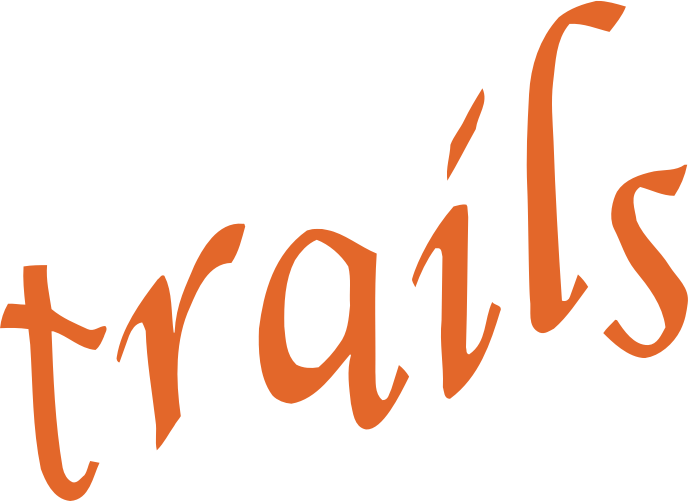-
measure Asthma and allergies
Study: Generation R Mode of collection: SelfAdministeredQuestionnaire Available measurements: Generation R Early pregnancy Mid pregnancy 9-10 years 13-14 yearsAsthma and allergies assesses the presence of health symptoms related to asthma and allergies, including chronic bronchitis, asthma, allergies to housedust, and food and drink allergies. Items about risk factors for asthma (e.g., damp, stains, smoking, pets at home) and allergic reactions are also included. Asthma was assessed using items from the ISAAC.Created October 17, 2024 • Updated October 20, 2024 -
measure Obstructive Sleep Apnea (OSA) questionnaire
Study: Generation R Mode of collection: SelfAdministeredQuestionnaire Available measurements: Generation R 9-10 yearsThe Obstructive Sleep Apnea (OSA) questionnaire assesses the presence of symptoms of obstructive sleep apnea, such as difficulties breathing when asleep, snoring, night sweats, being restless, having nightmares, recurrent middle ear disease, and frequent morning headaches.Created October 17, 2024 • Updated October 20, 2024 -
measure Children's Body Image Scale
Study: Generation R Mode of collection: SelfAdministeredQuestionnaire Available measurements: Generation R 9-10 years 13-14 yearsThe Children's Body Image Scale consists of seven gender-specific figures in ascending order of adiposity, which correspond with actual sex-adjusted body mass index (BMI) categories, including underweight, normal weight, overweight and obesity. Using figures, children are asked to indicate to which figure their body looks most similar, and to indicate...Created October 17, 2024 • Updated October 20, 2024 -
measure Air pollution
Study: Generation R Mode of collection: Observation Available measurements: Generation R Early pregnancy Mid pregnancy Late pregnancy Birth 6 weeks 2 months 3 months 4 months 6 months 1 year 1.5 years 2 years 2.5 years 3 years 4 years 5-6 years 7 years 8 years 9-10 years 11 years 12 years 13-14 years 17-18 yearsFor all participants, exposure to air pollutants at each geocoded address was assessed using continuous monitoring data and Geographic Information Systems (GIS)-based modelling techniques, considering the spatial and temporal variation in air pollution.Created October 17, 2024 • Updated October 20, 2024 -
measure Eye health
Study: Generation R Mode of collection: SelfAdministeredQuestionnaire Available measurements: Generation R 9-10 years 13-14 years 17-18 yearsEye health assesses children's eye health and eye care-related habits. Examples are 'How many hours in total does your chlid spend doing close-up activities?', and 'Does your child do close-up work mainly by day light or mainly by artificial light?'.Created October 17, 2024 • Updated October 20, 2024 -
measure Walking Backwards task
Study: Generation R Mode of collection: MeasurementsAndTests Behavioral/cognitive task Available measurements: Generation R 9-10 yearsThe Walking Backwards task (Rückwärts Balancieren) from the Body Coordination Test for Children (Korperkoordinationstest für Kinder) assesses balancing ability. Children are asked to walk backwards on three different balance beams. They start with a forwards practice, after which they have to walk backwards twice.Created October 17, 2024 • Updated October 20, 2024 -
measure Asthma
Study: TRAILS Mode of collection: SelfAdministeredQuestionnaire Available measurements: Population cohort POP - T1 POP - T3 POP - T4 POP - T5
Clinical cohort CC - T1 CC - T3 CC - T4 CC - T5Questionnaire assessing asthma and asthma-related symptoms.Created October 17, 2024 • Updated October 20, 2024 -
measure Medication use
Study: TRAILS Mode of collection: SelfAdministeredQuestionnaire Available measurements: Population cohort POP - T1 POP - T2 POP - T3 POP - T4 POP - T5 POP - T6
Clinical cohort CC - T1 CC - T2 CC - T3 CC - T4 CC - T5 CC - T6
The Next Generation NEXT - T2 NEXT - T3 NEXT - T4 NEXT - T5Medication use assesses whether participants use medication and contraceptive pills, including their name, dosage and duration of use.Created October 17, 2024 • Updated October 20, 2024 -
measure Health services utilization
Study: TRAILS Mode of collection: SelfAdministeredQuestionnaire Available measurements: Population cohort POP - T1 POP - T2 POP - T3 POP - T4 POP - T5 POP - T6 POP - T7
Clinical cohort CC - T1 CC - T2 CC - T3 CC - T4 CC - T5 CC - T6 CC - T7Health services utilization is a self-developed questionnaire that assesses the use of several physical and mental healthcare services in the past period, such as the general practitioner/doctor, social workers, home care, district nursing, physiotherapist, crisis services, psychiatrist, psychologist, self-help groups, etc.Created October 17, 2024 • Updated October 20, 2024 -
measure Physical health
Study: TRAILS Mode of collection: SelfAdministeredQuestionnaire Available measurements: Population cohort POP - T1 POP - T2 POP - T3 POP - T4 POP - T5 POP - T6 POP - T7
Clinical cohort CC - T1 CC - T2 CC - T3 CC - T4 CC - T5 CC - T6 CC - T7The physical health questions assess whether the participant has experienced any accidents or common health problems, including cuts, bruises, broken bones, allergies, infections, and different kinds of pain (e.g., headache, stomach ache, pain in the neck, back or shoulders).Created October 17, 2024 • Updated October 20, 2024 -
measure Columbia Impairment Scale (CIS)
Study: TRAILS Mode of collection: SelfAdministeredQuestionnaire Available measurements: Population cohort POP - T1 POP - T2
Clinical cohort CC - T1 CC - T2The Columbia Impairment Scale (CIS) is a validated assessment of impairment in different domains of daily life, such as interpersonal relations, broad psychopathological domains, functioning in job or schoolwork, and leisure time.Created October 17, 2024 • Updated October 20, 2024 -
measure Familial pathology
Study: TRAILS Mode of collection: SelfAdministeredQuestionnaire Available measurements: Population cohort POP - T1 POP - T2 POP - T3 POP - T4
Clinical cohort CC - T1 CC - T2 CC - T3 CC - T4Familial pathology assesses family burden, such as handicaps, chronic diseases, and mental health problems of relatives.Created October 17, 2024 • Updated October 20, 2024


